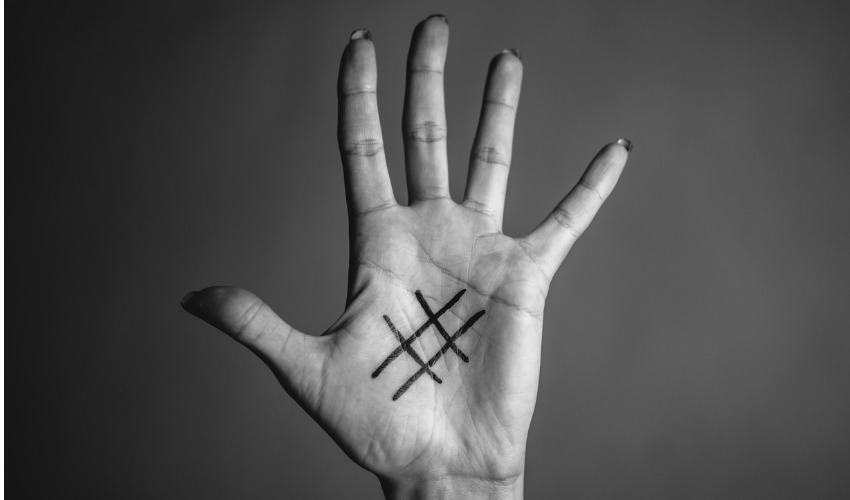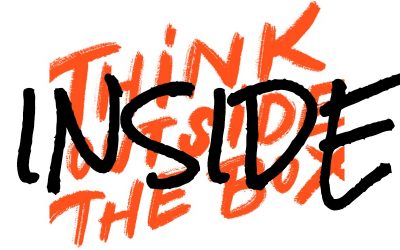Using #hashtags
You know people follow other people on social media. On FaceBook, they friend someone, they like a page or, outside of Facebook, follow an account. But did you know that they also follow hashtags?
Do you use hashtags?
Hashtags are a word or term preceded by a hash sign (sometimes called a pound sign), as in #keepitsimple. You can pretty much make anything a hashtag but the value of them is not all the same. Some can help define your business and others are a waste of characters in limited space and attention spans. If you use a hashtag no-one is following then it’s like a tree falling in a forest. Ideally, using the right hashtags can draw attention to your brand. Worst case, they at least tell your audience a bit more about you and your objectives.
According to HubSpot: “An Instagram post with at least one hashtag garners 12.6% more engagement than a post with no hashtags.” However it’s rare to use only one hashtag, especially on Instagram where the upper limit is set at 30, implying a “more the merrier” approach. Unfortunately, people can go overboard with hashtags taking up more space than the actual message. If you ever looked at a sea of hashtags, you’d realize how useless they can be for humans. While you should use them, choose them wisely.
Hashtags are part of branding
Primary Hashtags
Primary hashtags for your business are terms that define your industry (#digitalmarketing), your services (#socialmedia), your location (#nyc) or service areas (#brooklyn). One thing you do not do is make your brand name a hashtag. But you can make your tag line a hashtag. Think KitKat and #HaveABreak.
For us, we use #KeepItSimple but, unlike KitKat, it does not belong to us, we did not invent the phrase. So while you can trademark a hashtag, we could not trademark that. Also note the capitalization is only for readability purposes. Hashtags are case-insensitive. Capitals or no capitals, same HashTag.
Secondary Hashtags
Secondary hashtags should follow your social media strategy. Here you want to encourage followers who will engage with your brand. You want them to “like” what you post and ideally comment on your posts to provide added value. You also want to invoke a call to action so people come to your website to read more and hopefully contact you, recommend you or keep you in mind for later. These hashtags needs to be chosen with research and care based on the topics you plan to talk about.
Tertiary Hashtags
Tertiary hashtags like #happy, #blessed or even #weekend are generic hashtags that are used widely yet, at the same time, are meaningless in terms of garnering a following. It is extremely unlikely they would bring you any attention let alone business. These days people use them where they use the actual word in sentences or in place of an equivalent emoji. Almost ironically. Use them for fun not for profit.
However there are other hashtags, like #MondayMotivation, that can be a useful part of your strategy. So gather a bunch to use for your filler / fluff posts.
Finding Hashtags
To choose hashtags, you need to do some research on usage and here you can use sites like ritetag.com to get some ideas.
For example, if you are a catering business in NYC, you clearly want to attract companies and individuals who want catering services. Your primary hashtags are obviously #catering, and #nyc. But what more? If you go to ritetag.com you can find more tags e.g. #cateringservice.
How about #food? Well it has a huge following but not likely to bring you business so not really an option as a primary tag. There is #foodie which could be a tertiary tag.
What about secondary tags? Well answer is that it depends on your social media strategy which would probably hinge on “events” focussed on food like Thanksgiving or Chef Appreciation Week or National Mushroom Month.
Don’t forget to look at your competition for ideas.
How many hashtags?
According to HubSpot, over 90% of brands use seven or less hashtags per post. How many you use it up to you but don’t just add the same ones over and over. Make them pertinent to what you are saying. Also, unless relevant to your text, place them at the end out of the way of your actual caption or message.
Let’s look at a Twitter example …
30 Effective Social Media Tactics ?? #socialmedia #socialmediamanagement #socialreportsavestheday #socialmediamarketing #contentmarketing #digitalmarketing #influencermarketing #marketing #tuesdaythoughts #SMM #SEO #SEM #CRO #agencylife #startuplife #infographic #growthhacking pic.twitter.com/XJBOB7sbnV
— Social Report (@TheSocialReport) May 15, 2018
This tweet by @TheSocialReport uses way too many. Everything after #tuesdaysthoughts could probably have been left off and the ones before parred down to about 3-4.
However, position is also important for the reader and engagement. #tuesdaythoughts should probbaly be the lead here. Then everything that goes after could be in order of relevance. Their #socialreportsavestheday could be last. This is how we would have done it:
30 Effective Social Media Tactics ![]()
![]() #tuesdaythoughts #infographic #socialmediamarketing #digitalmarketing #contentmarketing #socialreportsavestheday
#tuesdaythoughts #infographic #socialmediamarketing #digitalmarketing #contentmarketing #socialreportsavestheday
What next?
Once you have collected your set of hashtags, make sure you follow them. Following them, allows you to engage with people are interested in that hashtag but do not follow you (yet).
If you are looking to create a hashtag strategy and don’t know where to begin, we provide hashtag research as an individual service so contact us!




